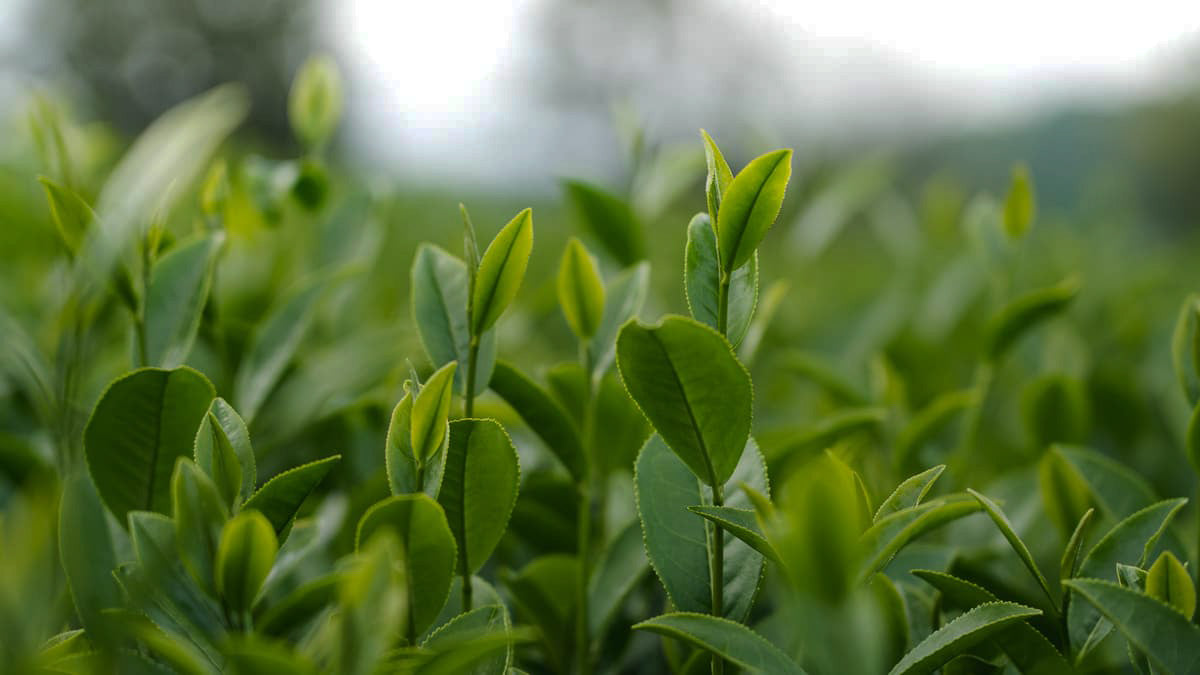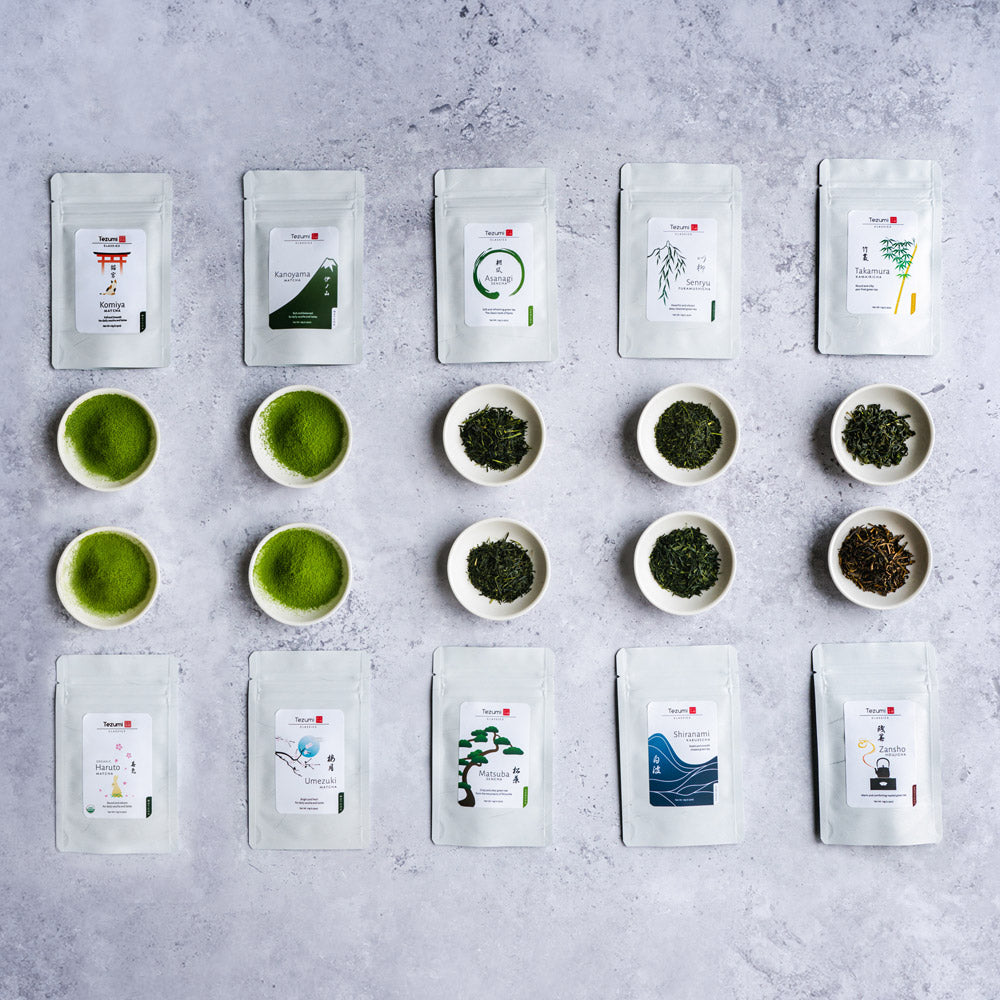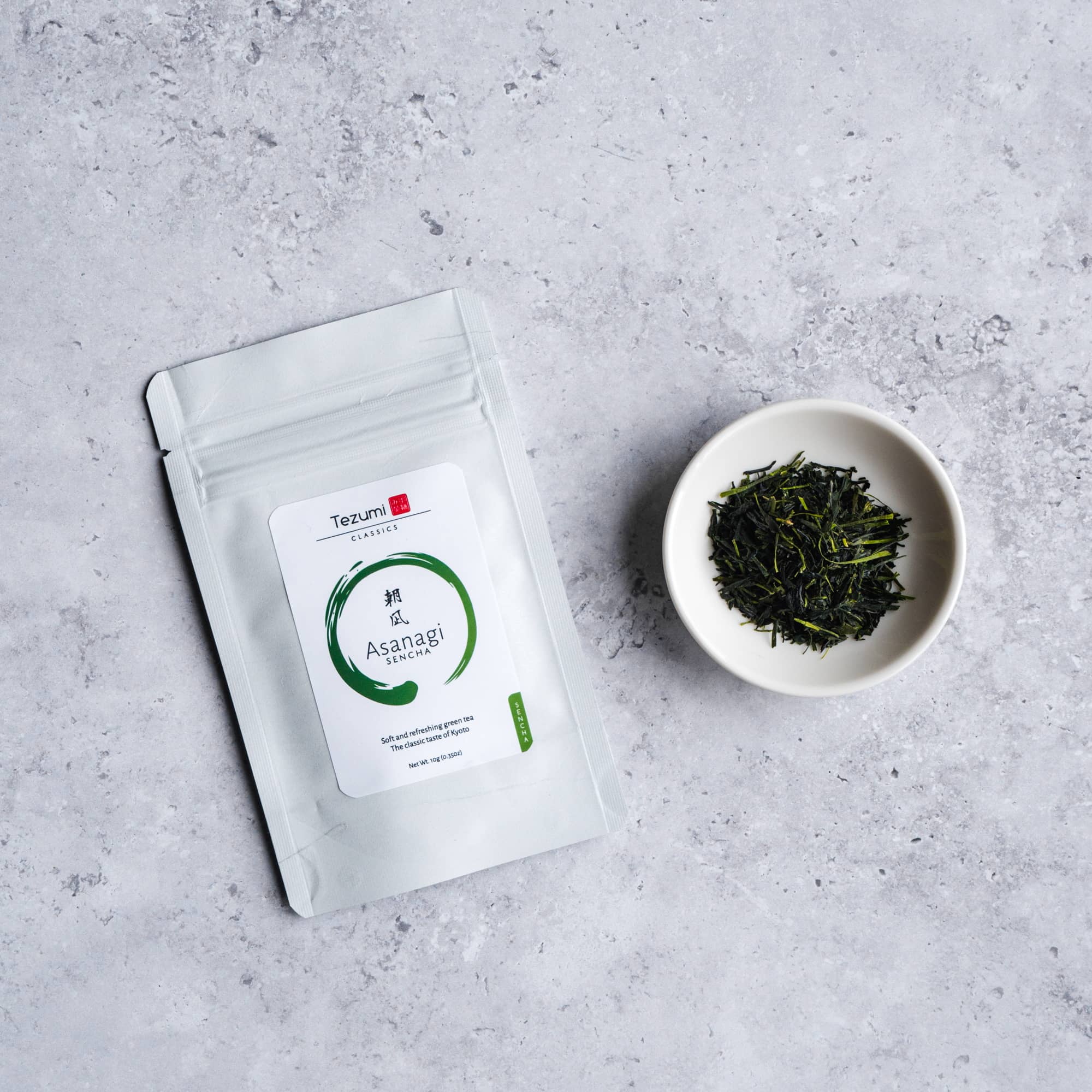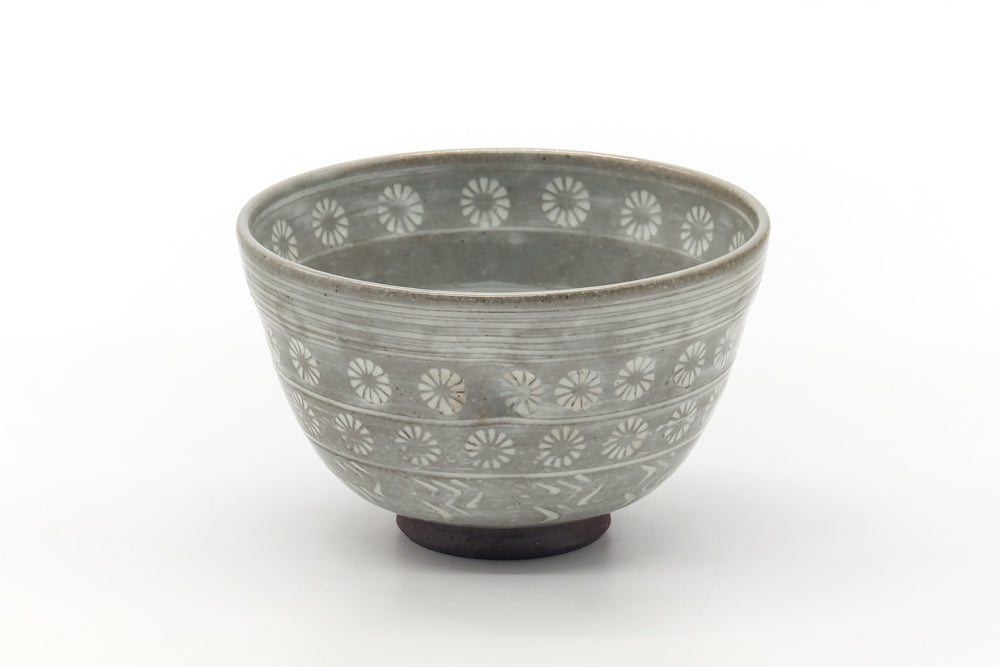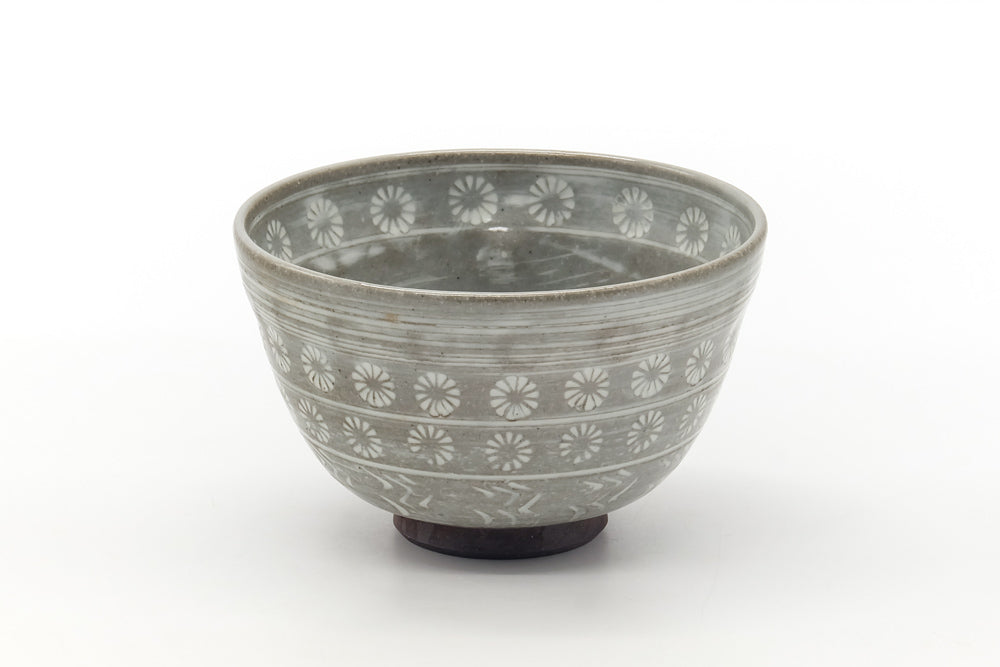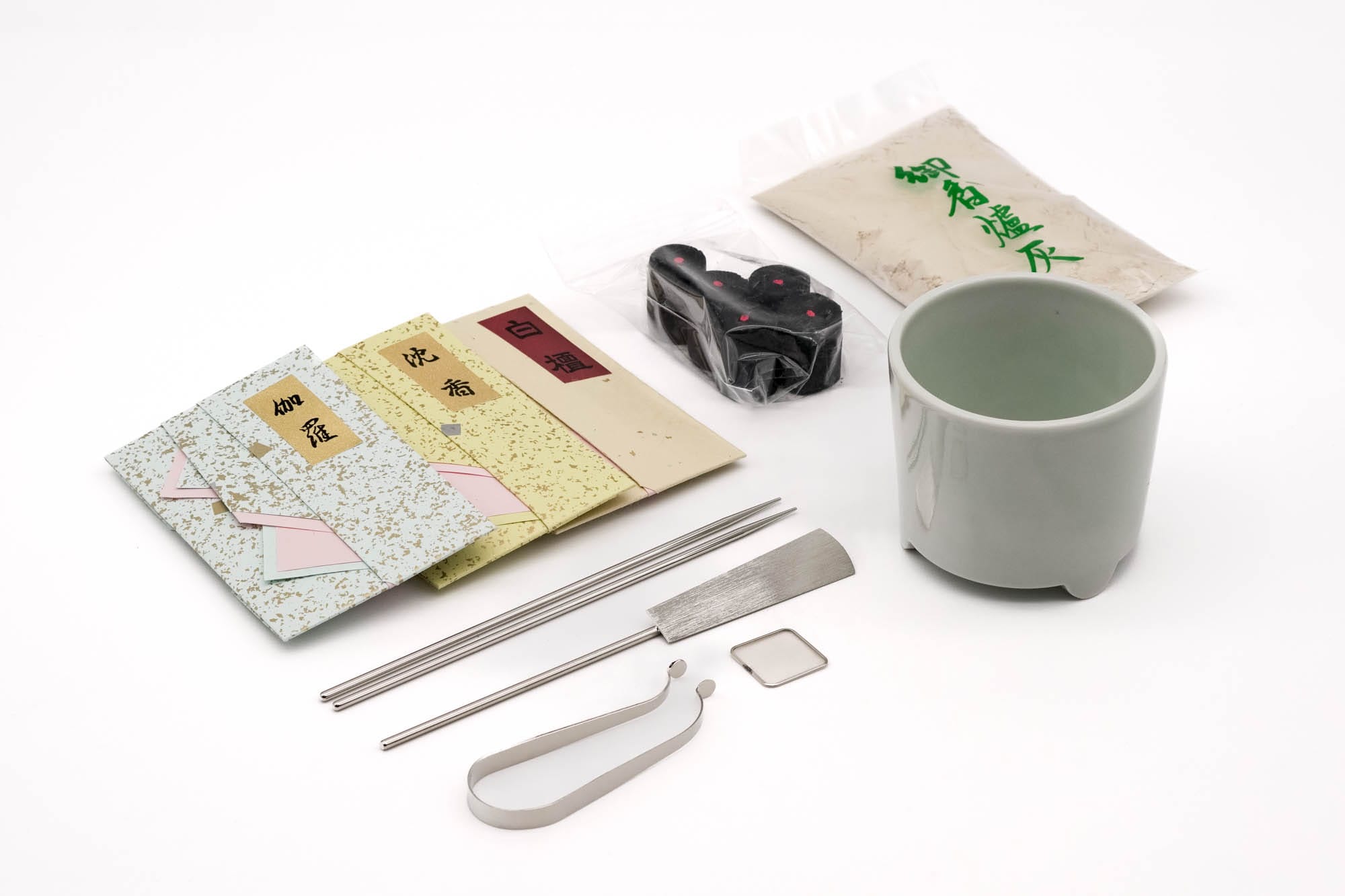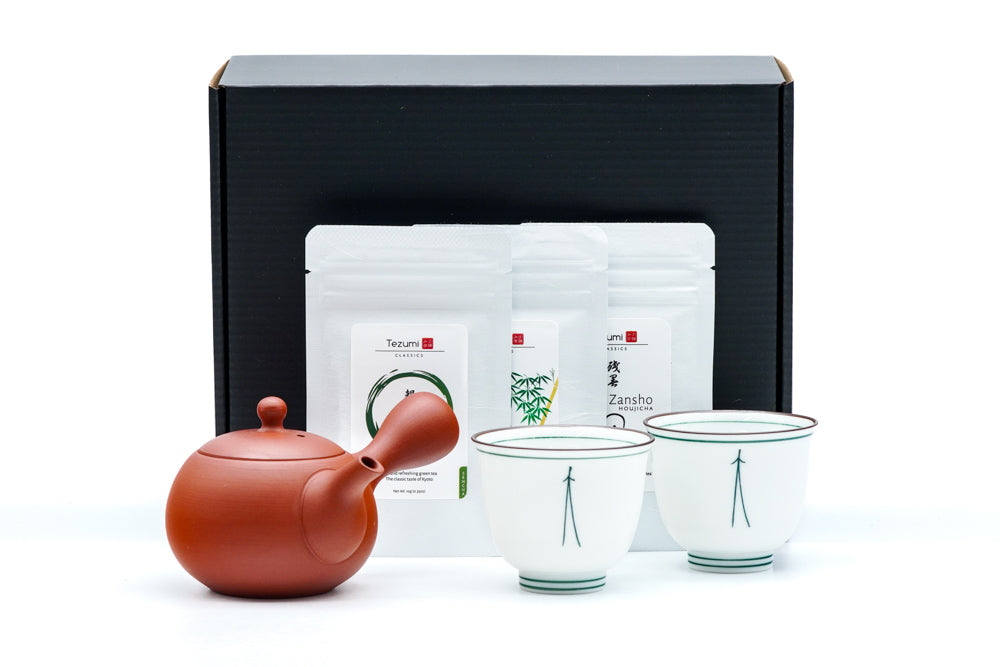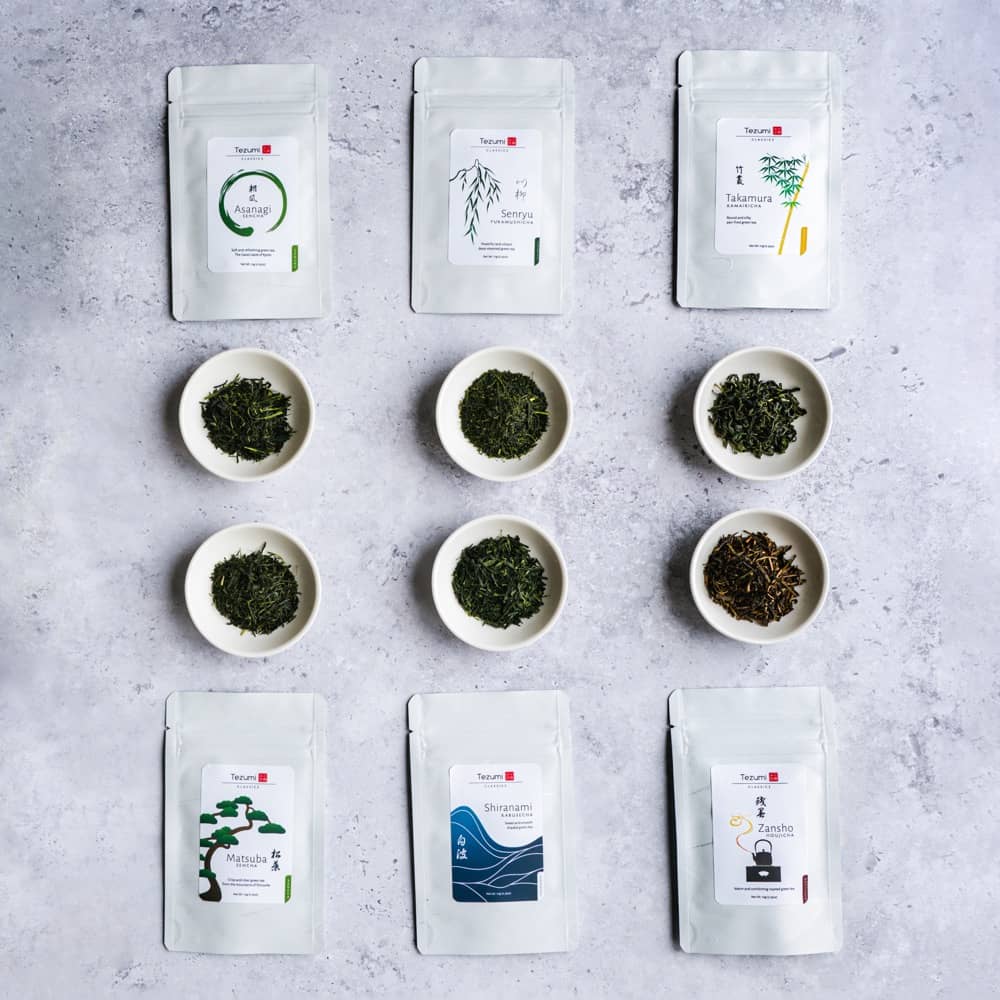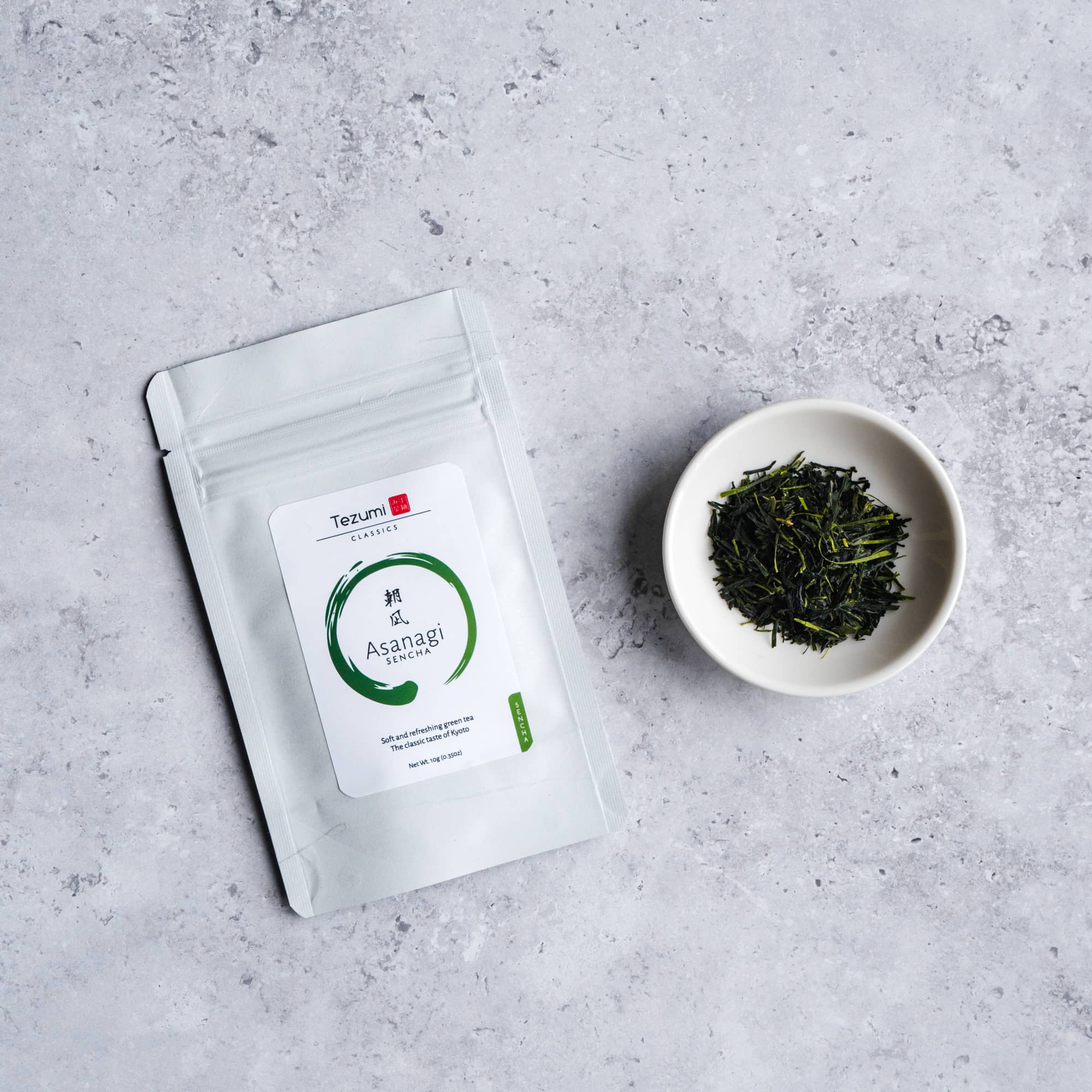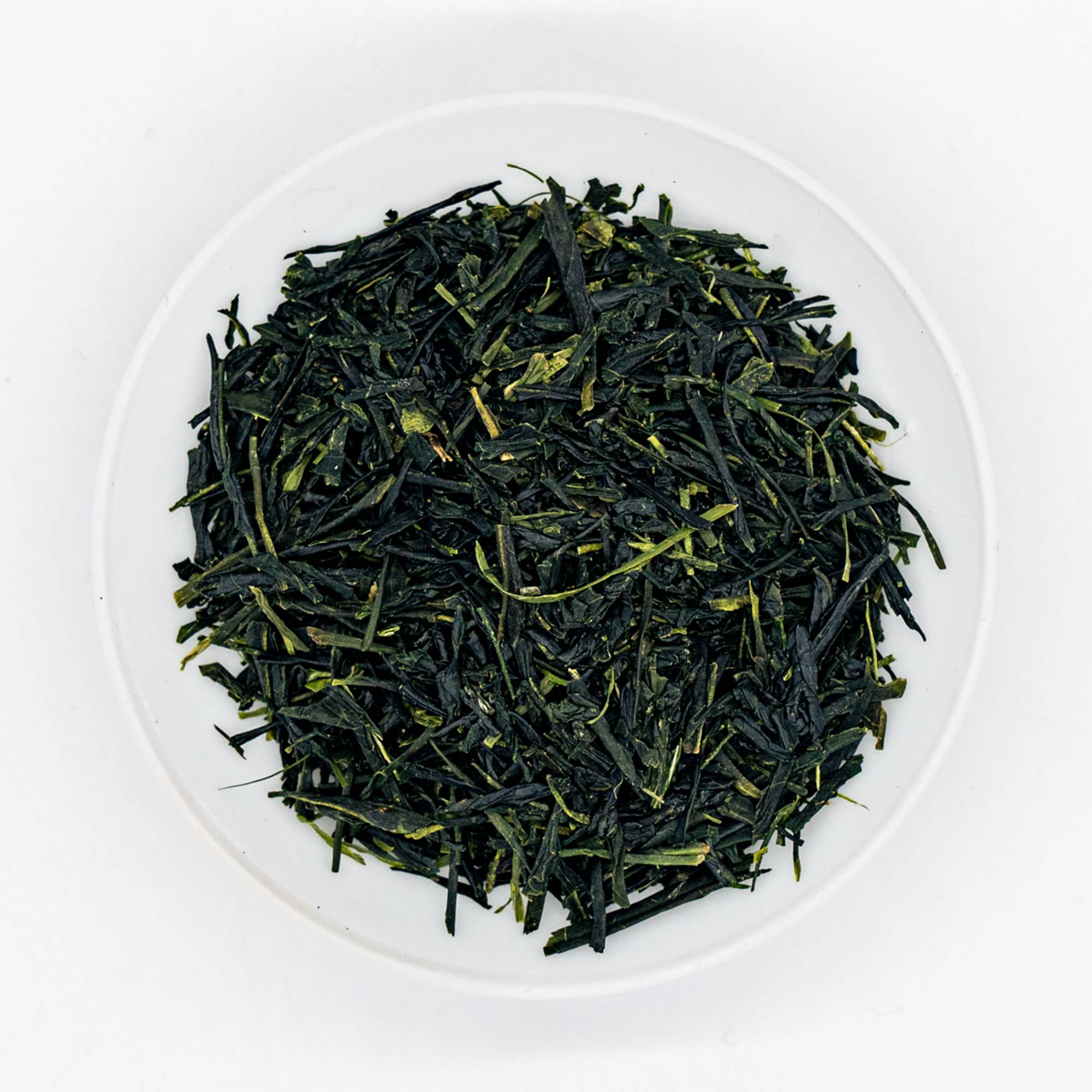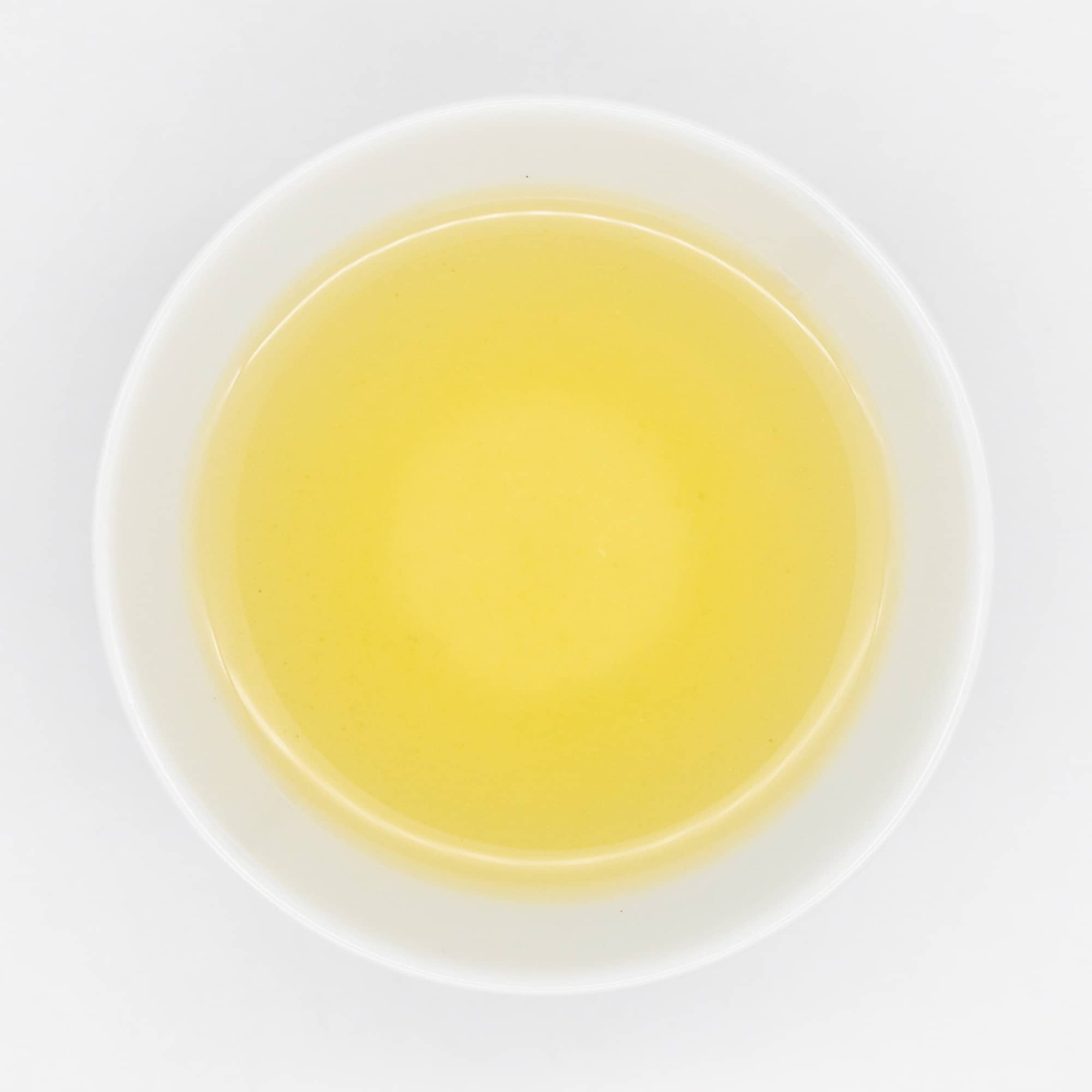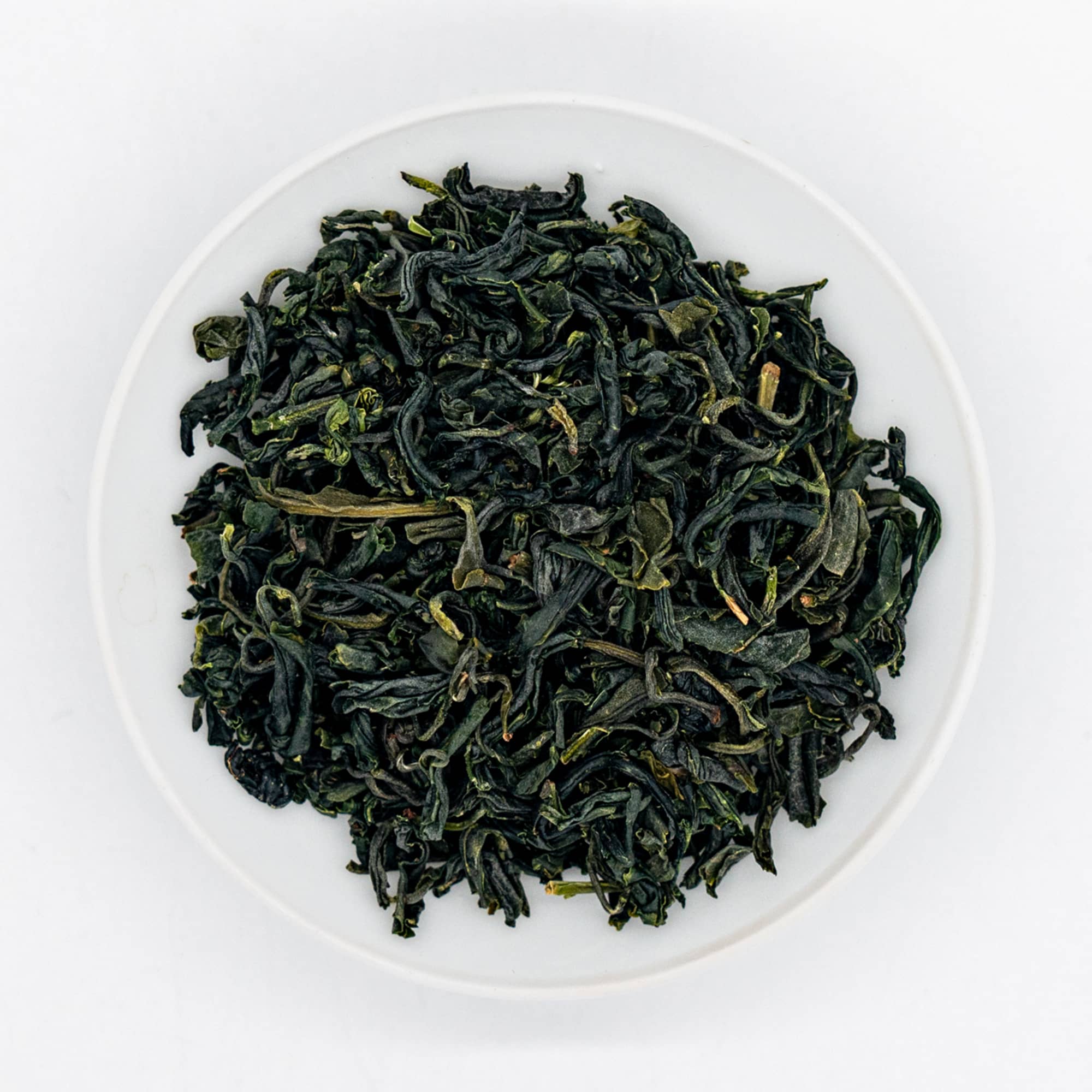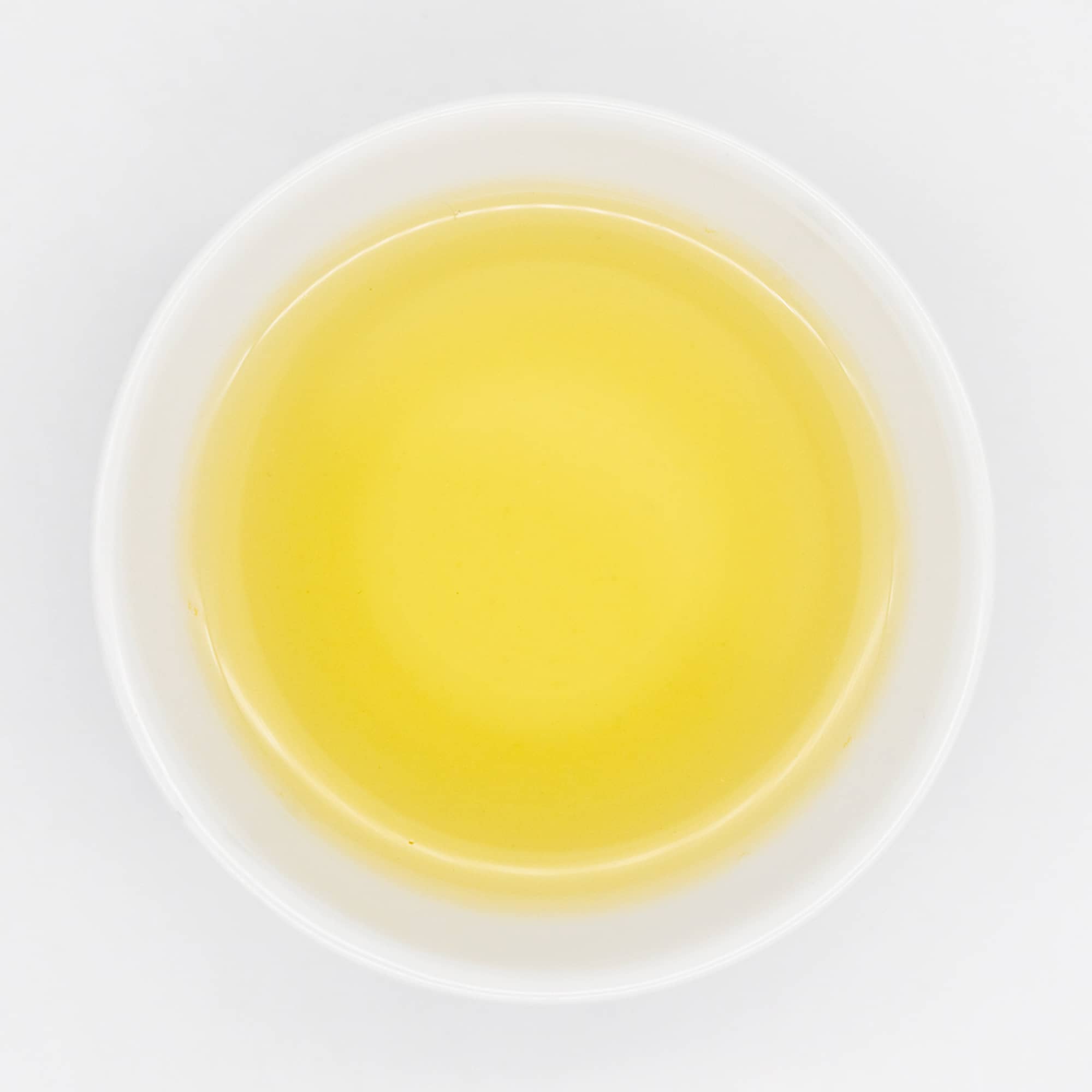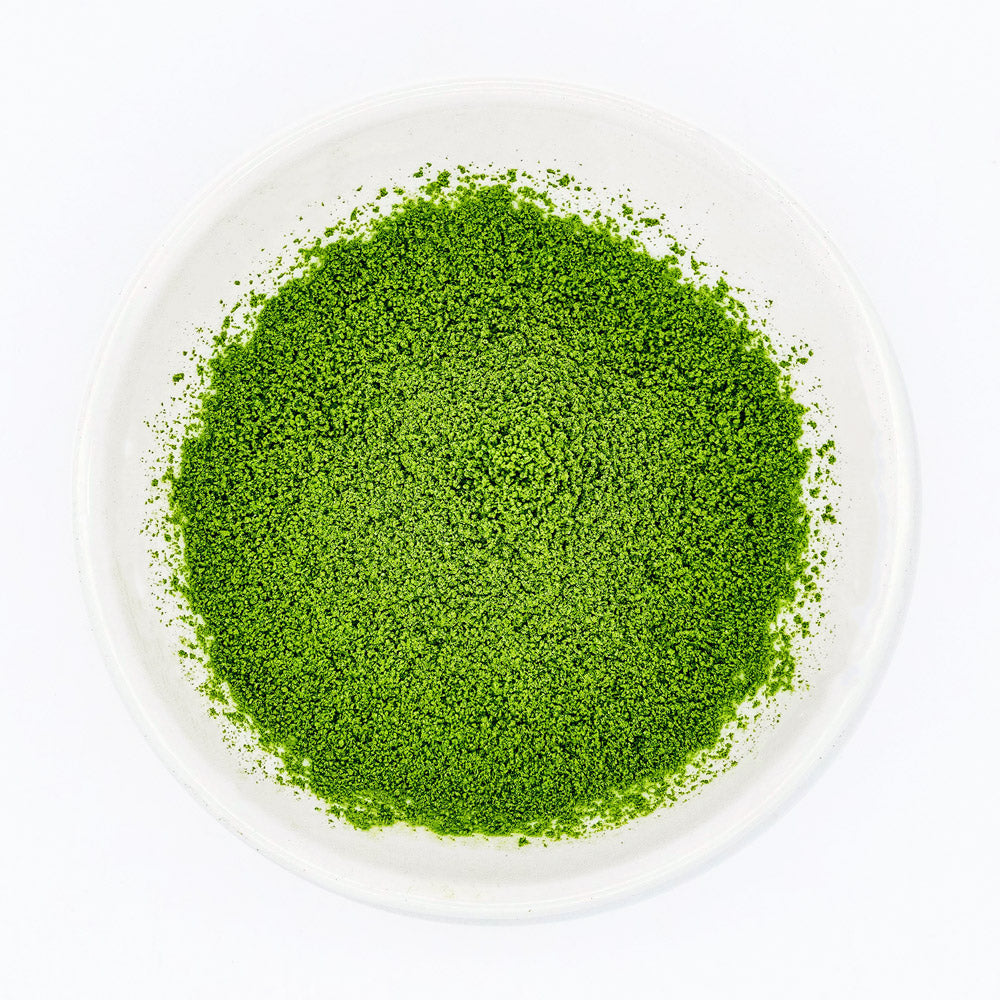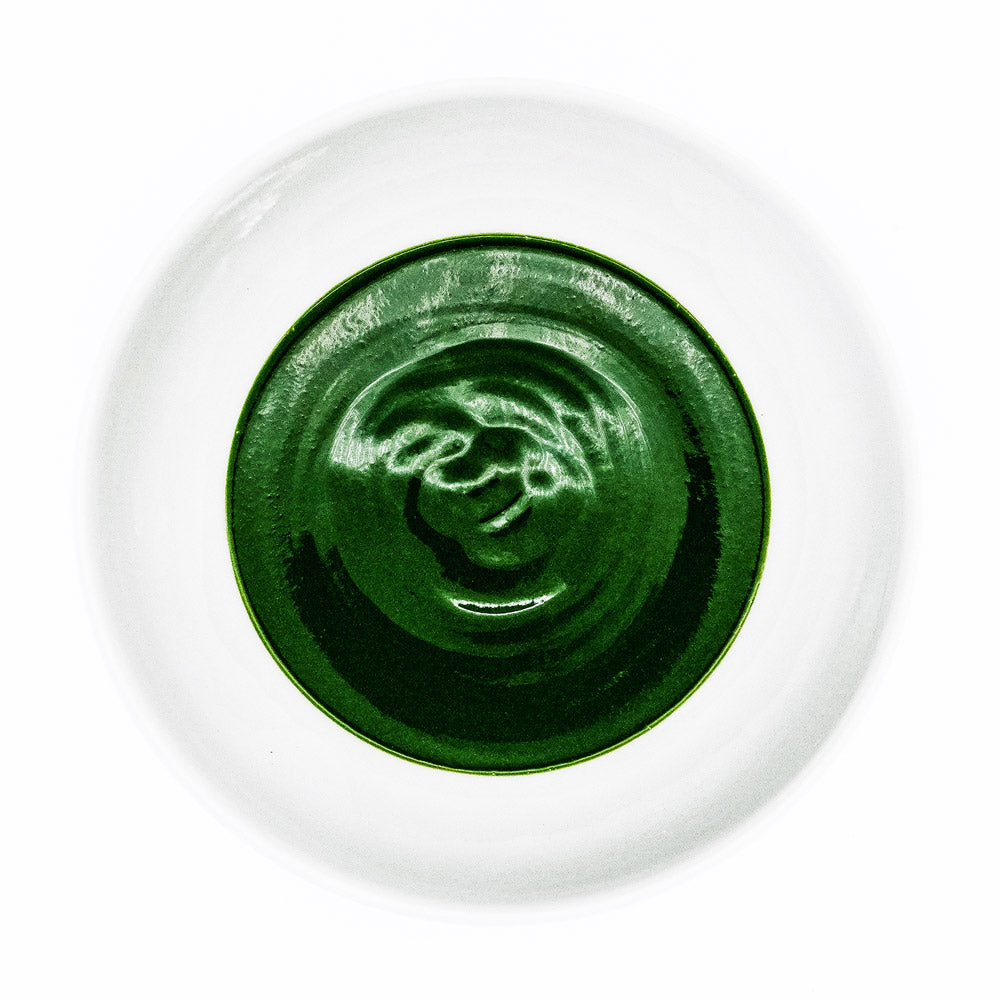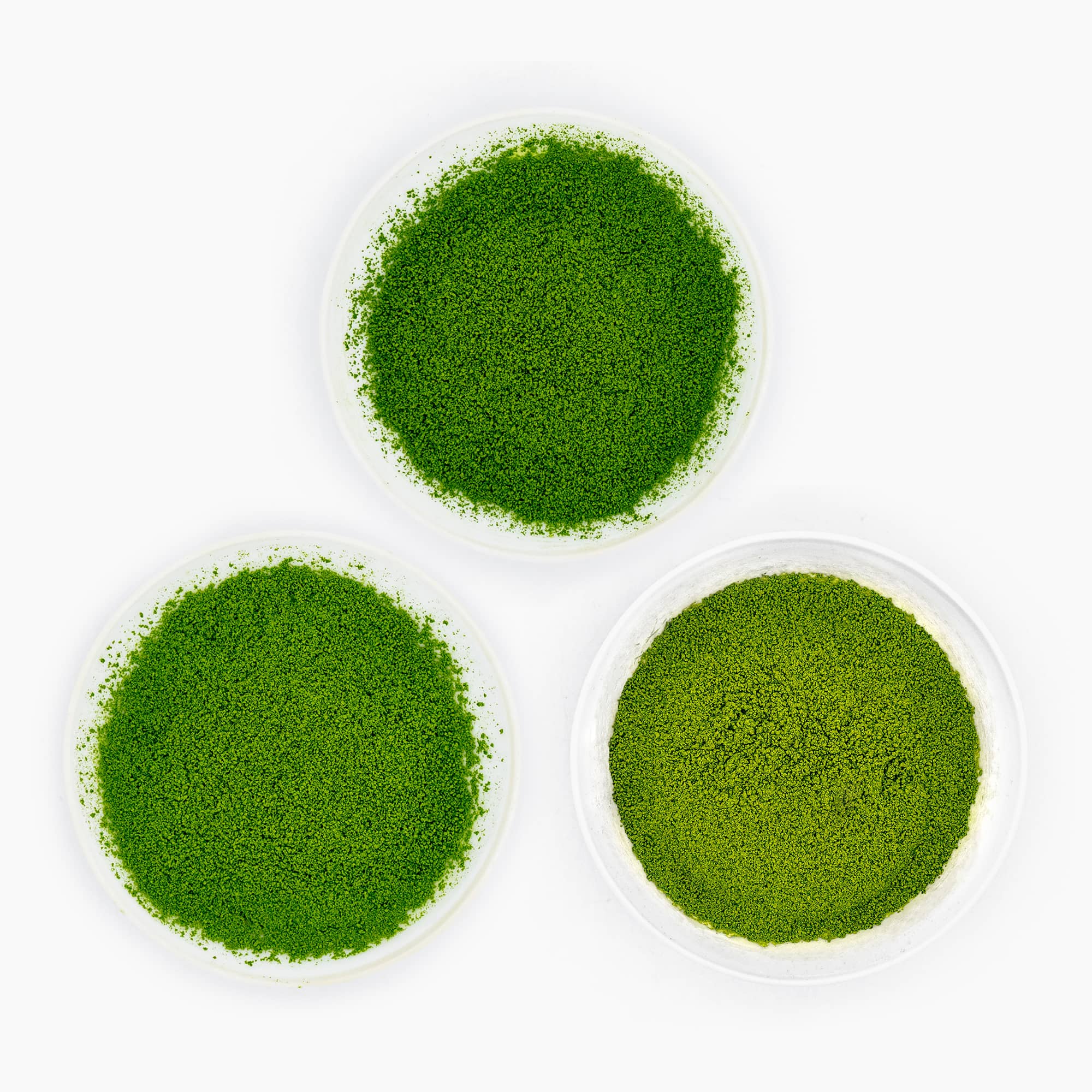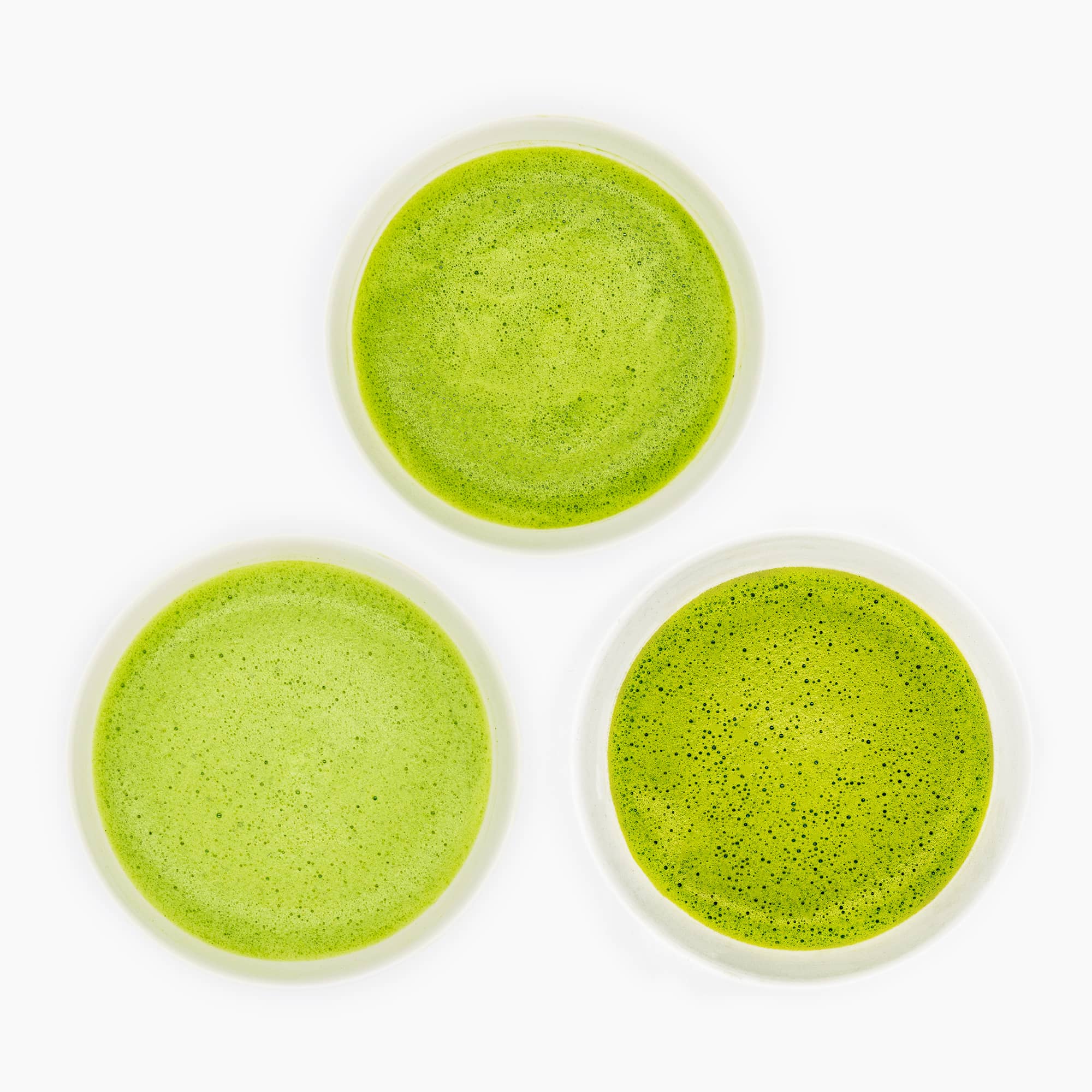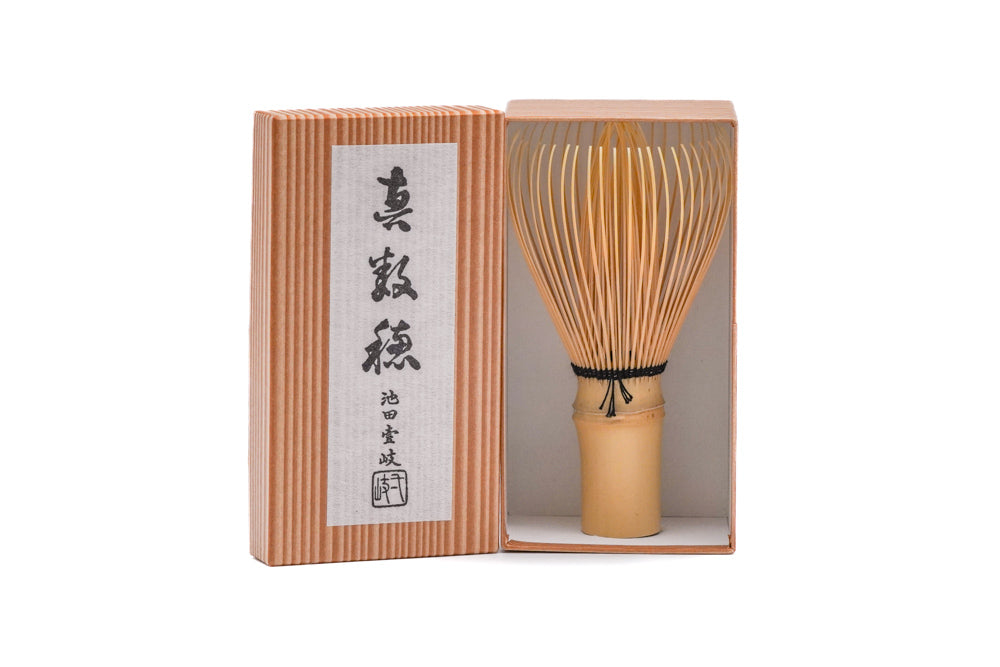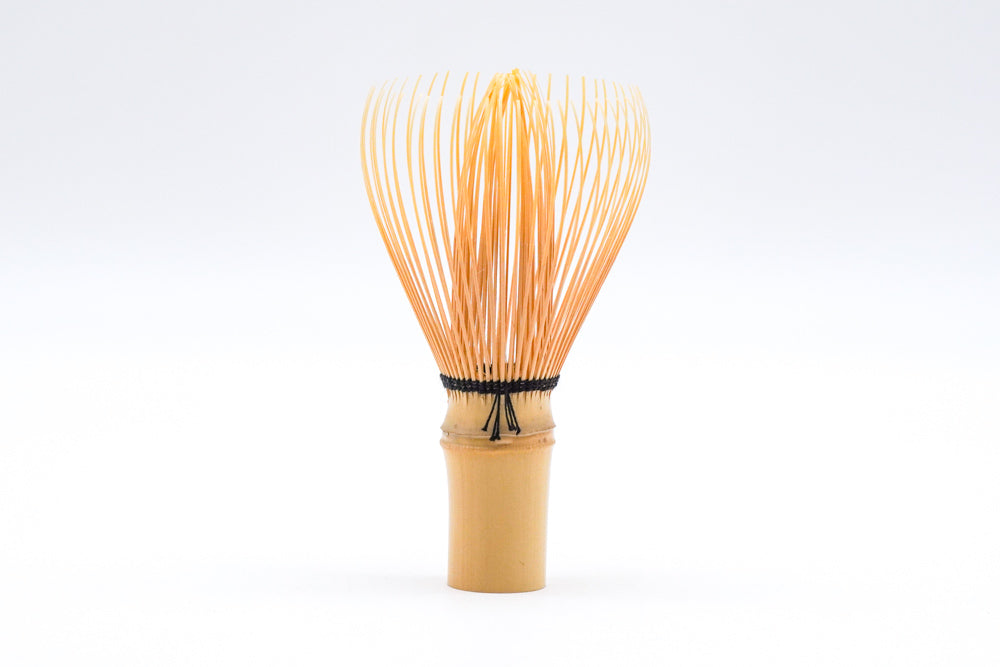Taking Care of your Teaware

Cleaning tea stains can be a chore, so why not prevent them from accumulating in the first place? Proper care of your teaware will ensure years of enjoyable use.
While each piece will have its own idiosyncrasies, we’ll take a look at some general guidelines to follow when it comes to caring for most teaware, before diving into some more specific recommendations.
General Guidelines
Clean immediately and completely after each use
While this seems obvious, it is truly the most important part of caring for your teaware.
After you have finished your tea session, you’ll want to clean out any leaves or tea as soon as possible as leaving them for extended periods of time can lead to unwanted odours and staining, especially on unglazed pieces, or pieces with porous glazes.
Giving each pieces a gentle hand wash with warm water should do the trick
Avoid soaps, abrasives, and other cleaners unless absolutely necessary
A lot of handmade teaware is either at least partially unglazed or has a somewhat porous glaze. Unglazed teaware, such as many Tokoname kyusu or the feet of many chawan and yunomi, have no glaze protecting the clay body. This means the clay is more susceptible to surface damage from aggressively abrasive cleaners and sponges.
Apart from being aesthetically pleasing, unglazed clay can also affect the way tea brews inside the teapots (this only applies to unglazed interiors, of course). This is because the clay is somewhat porous and interacts with the water while the tea steeps.
Most Japanese clays have relatively low-porosity, especially when compared to the clays used to make many Chinese teapots, but they can still absorb flavours and affect the brew. This is why you should avoid using soap when cleaning unglazed clay, as it can negatively affect the way tea made in that piece tastes.
Similarly, porous glazes, such as those found on many Hagi-yaki, Raku-yaki, and kohiki-style wares, are not quite watertight, and can allow tea or other substances to seep in, which is why it is important to clean them after each use and avoid using soaps.
Allow to dry completely
After cleaning and rinsing, you should let the teaware dry completely before storing it. This will prevent any mold and weird smells from developing. You can use a cloth or towel to dry most pieces, but for more porous pieces such as unglazed kyusu or Hagi chawan, it is best to let them air dry completely as there can be some moisture that can be hard to dry manually (such as in the spout of a kyusu or water absorbed by a porous Hagi glaze).
And that is all there is to it! Caring for your teaware like this will prevent any mold or staining so you won’t have to do any hardcore cleaning.
Once you get into the habit of properly rinsing and drying your teaware, it’ll become second nature and can even be part of your personal tea ritual.
Bonus Tip: Stain Removal
If you encounter tea stains that won’t come off with warm water soaking and gentle finger scrubbing, then, as a last resort, you can try soaking the teaware in a baking soda and citric acid solution and scrubbing with a soft sponge or rag.
- To do this, fill a sink, bucket, bowl, or other large basin with warm water.
- Add in 2-4 tablespoons of baking soda and an equal amount of citric acid. The solution should begin to bubble and fizz.
- Place your teaware in the solution and let it soak for at least 10 seconds. For tough stains, soak for longer.
- Gently wipe away the stains. The solution is most effective while it is fizzing, though it can still be used after the fizzing dies down.
When it is okay to use soap
Certain teaware, namely those made from plain white glazed porcelain, can be cleaned with soap, abrasives, bleach, and can even be cleaned in a dishwasher. However, this does not apply to unglazed or decorated porcelain, and especially not hand-painted porcelain.
Kyusu Tips

Cleaning all of the leaves out of the kyusu can be difficult for teapots with narrow openings. A trick we’ve found useful is filling the teapot up with water, swirling it to loosen up the leaves, and then pouring the water and leaves out of the top of the teapot and through a small handheld kitchen strainer (over the sink, obviously).
If any small leaves are stuck in the filter, you can use an old toothbrush to get them out. Repeat this until you get all of the leaves out of the pot. Now you can throw the leaves away or compost them!
Lastly, give the teapot one last good rinse, making sure to pour through the spout to make sure it is clear of any leaves
Hagi-Yaki Tips

Many Hagi-yaki glazes feature some sort of kannyuu or crazing, which is the network of fine crackles in the glaze that form when the glaze shrinks more than the clay body does as the piece cools in the kiln. These fine cracks allow water and tea to pass through the layer of glaze and into the porous clay body beneath. It is especially important not to use soap when cleaning Hagi ware as it too can seep into the clay. Over time, the tea stains the cracks and the clay underneath, creating a rich and deep change in colour known as "nanabake", or "the seven transformations", which is actually one of the most praised aspects of Hagi ware, as it means each piece ages along with its owner. Because of this slightly porous nature, some people like to dedicate their Hagi ware to one type of tea, such as sencha, to avoid having other aromas seep into the clay. However, this is usually not necessary.
Hagi-yaki’s porosity means it requires special care. New Hagi pieces should be soaked in warm water for 30 minutes to an hour to dislodge any dust in the clay’s pores. Allowing water to permeate the cracks and the clay also slows and evens out the aging and staining process. For this reason, many tea ceremony practitioners like to soak their Hagi-yaki chawan before use. Over time, this pre-soaking ensures that the nanabake occur gradually and evenly across the bowl. Pre-soaking in warm water also helps guard the bowl against any temperature shocks when hot water is poured into it.
Some new Hagi pieces can be so porous that water leaks or soaks through the clay. Do not be alarmed, as this is perfectly normal and will fix itself after a good soak or through regular use as the tea fills in the pores of the clay.
If this leaking persists even after heavy use, then you can soak or fill the piece with rice water (the cloudy water made when rinsing rice) or a cornstarch/potato starch solution.
Newer Hagi teaware may also yield a foreign scent, almost reminiscent of chalky paint. This is normal and will disappear after you make tea several times.
Raku Ware Tips

Like Hagi ware, Raku chawan often have very porous glazes and clay bodies making them delicate and brittle by nature. As such, new or lightly-used Raku chawan should be 'initiated' with quick soak in warm water or rice water. However, it is important not to leave them too long, as the clay could absorb too much water and begin to liquify (the horror!!). A quick 15 minute soak is enough.
Before each use, the bowl should also be soaked in warm water for 30 seconds to a minute. As some low-fired rakuware can contain small amounts of lead in the glaze, Raku pieces should never be used with acidic liquids or foods as this can leach lead out of the glaze. When used for their intended purpose—serving matcha in a tea ceremony—this is not an issue as matcha is very alkaline and is not left in the bowl for very long. As such, Japan's Ministry of Health, Labor & Welfare recommends that Raku ware should only ever be used for tea.
After each use, wipe the bowl clean of any matcha residue and give it a quick 30 second to one minute soak to clear the bowl’s pores of any remaining tea. Pat the bowl dry and place it topside-up on an absorbent cloth or towel, allowing it to air dry completely before storage. This may take some time as water will have penetrated both the glaze and the clay body underneath.
Chasen Tips

Among tea ceremony practitioners, chasen are seen as ‘consumables’, with the expectation that they will eventually wear down over time and need to be replaced. However, with the right care, these whisk can last for many years. Here are some important tips to keep in mind:
Always soak the chasen before using it
Soaking a chasen in warm or hot water for a few seconds softens the tines, making them more flexible, which in turn lets them whisk tea better and makes them less likely to break. In fact, it has been reported that bamboo is 20% stronger when wet.
Be careful while whisking
While the chasen will inevitably contact the bottom and the sides of the bowl while whisking, it is important not to use too much pressure to avoid scraping the tines roughly against the chawan, especially if it has a rough glaze.
Clean it gently right after use
After use, be sure to clean your chasen by whisking it in a bowl of water or running it under the tap, using your fingers or a cloth to remove any matcha that has stuck to the tines. Avoid soaps as these can enter and damage the porous bamboo. Stand the whisk up with the tines in the air and let it air dry thoroughly before storing it. This will ensure that the tines keep their shape longer and prevents mould growth.
Reshape as necessary
If the tines have lost a lot of their shape, you can re-splay and reshape them using a kusenaoshi, or matcha whisk shaper. While these are often sold as chasen stands, we prefer not to dry or store our whisks on them as the lack of airflow around the tines slows drying, which in turn can lead to mould growth. Additionally, the continual stress endured by the bamboo can cause it to become weaker.
We prefer using a kusenaoshi by pressing it gently but firmly into the tines while they are wet, causing them to splay, then removing the kusenaoshi and allowing the whisk to dry normally.
Store correctly
Always store the whisk standing up to ensure that the tines aren’t under any pressure which could cause them to weaken or deform over time. It is also worth noting that bamboo expands and shrinks according to humidity, and if the air is too dry, the whisk can crack.
Bonus Tip: Chashaku
Like chasen, chashaku should only be cleaned with water and not soap. Ideally, a wipe with a damp cloth is all you’ll need.
Lacquerware Tips

Maintaining the beauty of traditional urushi lacquerware isn’t hard, but it does require a sticking to a few key rules:
Use It
Repeated handling actually makes urushi lacquerware shinier by gently polishing down the outer layer of lacquer.
Be Gentle
While lacquerware is tough, it can be scratched and damaged by metal or rough ceramics (such as the unglazed feet of chawan and yunomi), so be careful.
Keep it humid
Like bamboo, lacquerware prefers a slightly humid environment and should not be stored in a bone dry cabinet for too long. This is why genuine lacquerware often comes wrapped in paper inside of its wooden box. Storing it like this helps keep some moisture in the lacquer and wood
Never Soak It
A wipe with a damp cloth should be enough to clean most lacquer teaware, such as a natsume or chataku. If this doesn’t do the trick, a quick wash in lukewarm water and even the use of a soft sponge and mild detergent are okay. However, be sure not to let it soak in water as this can weaken and discolour the lacquer. Similarly, be sure to wipe it dry with a soft cloth after washing
Limit Direct Sunlight
UV rays present in sunlight can damage the lacquer, so don’t leave or store lacquerware anywhere that gets a lot of direct sunlight
Kotodo Tea Canisters

For longevity, we recommend not to hold your canister with greasy or wet hands, or get it wet.
Washi Paper
Like any type of paper, it is best to avoid contact with water.
Wooden Canisters
Applying a spray, similar to treatment of any other natural wood, may make your canister shiny, but it would resist stains.
That covers most types of teaware that you'll likely encounter. If you have any questions about how to care for your specific piece, let us know and we'd be more than happy to help out!
